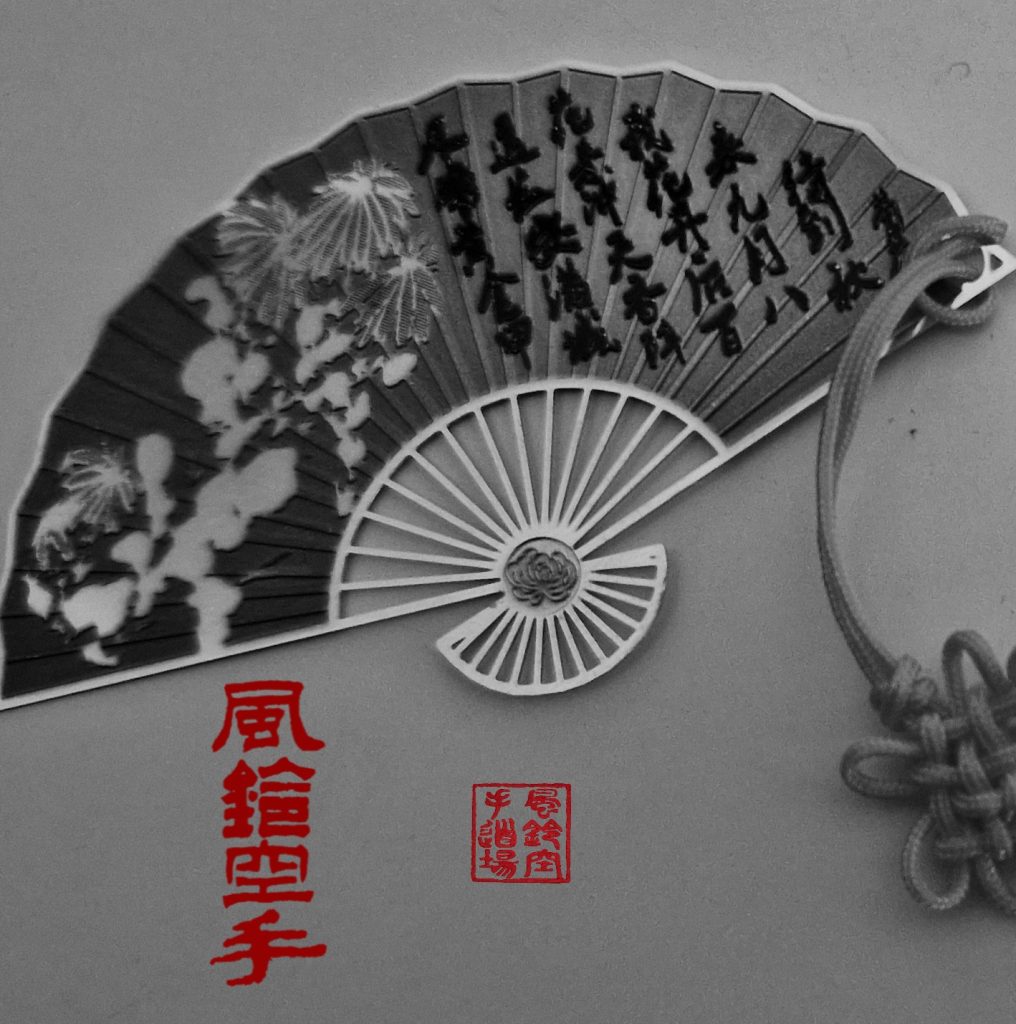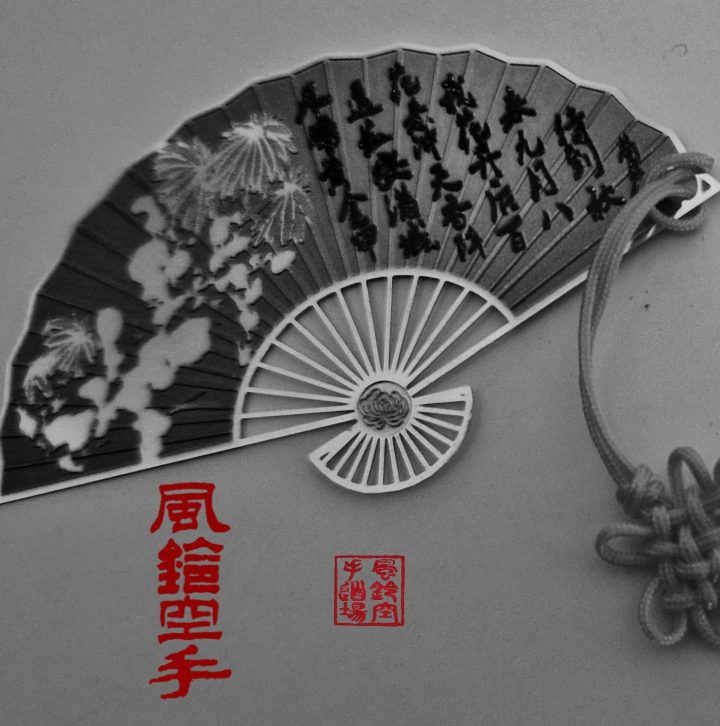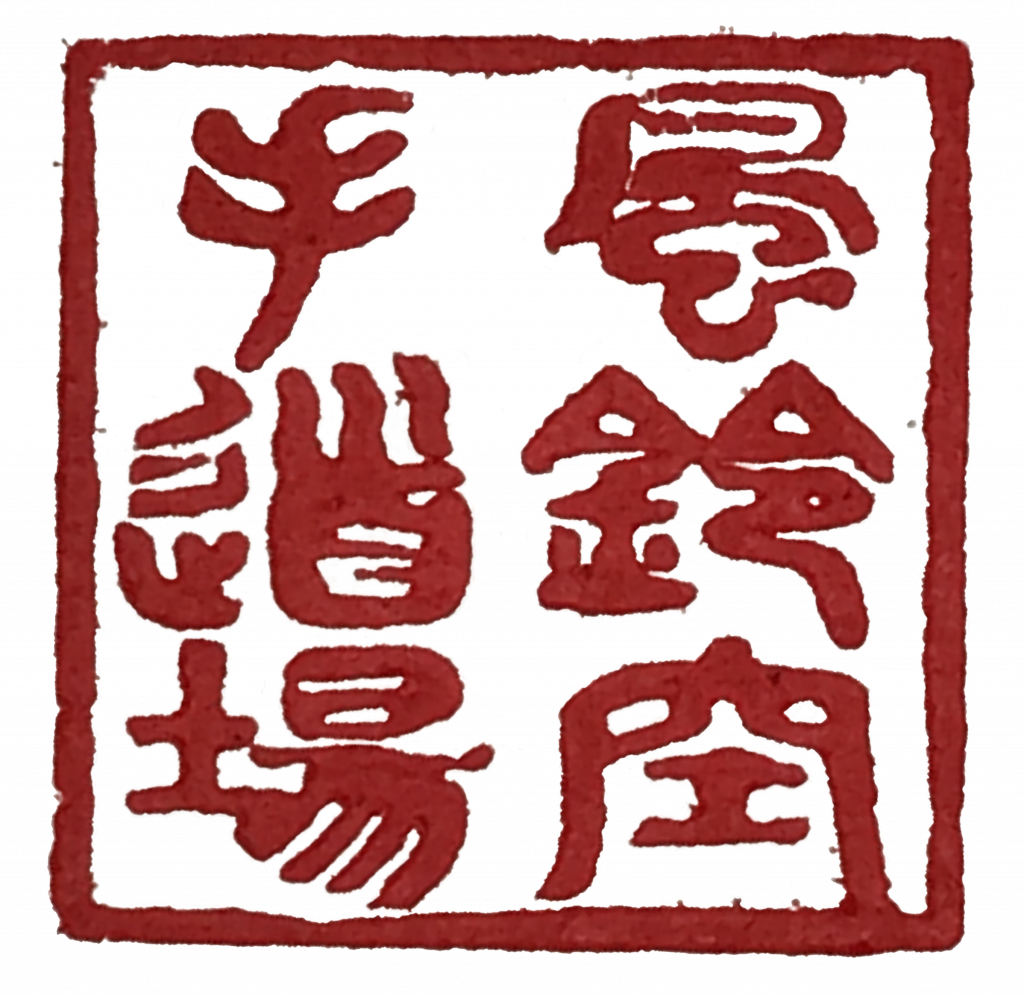STRATEGY. Part 4. Surviving by defending
4.1 Strategy is common and tactics are unique. Thus one should understand the strategy well and based on the strategy to develop and practise individual ways of tactics.
4.2 Strategy is SHIZEN (自然). SHIZEN is nature. An ocean wave hits the shore grabbing territory and hides back leaving the territory free again. It takes things on the shore and receives them in. The martial strategy is similar to the wave. Offensive moves are circular moves forward rolling from top to bottom. And defensive are circular moves backwards unrolling from bottom to top.
4.2.1 Ura. Together with a horizontal hips or pelvic rotation this motion (above) creates a Mobius-like wave. This wave is a 3D whip hidden in the pelvic area and linked to the core.
4.2.2 Omote. The victorious strategy in a battle, in a war, in life is to ensure defence and lure an opponent to make a mistake. Once the opponent falls into a trap of his own offence, one should switch from defensive strategy to offensive one
4.3 Offensive vs defensive strategy. One should become an owner of all aspects of the defensive strategy. Poor defence means defeat. Depending on the situation and an opponent, on one’s mood and health condition, terrain and other circumstances there are several different defensive concepts that have to be well understood.
4.4 There are no correct or incorrect strategies but their misuse. There is no one winning strategy but the combination of them.
4.4.1 Physical defence, Rakka (落花, “falling flowers”), is the most expected reaction to attack. It relies on the physical abilities, often referred to as a brutal force. This is the most obvious defensive stratagem but the least rewarding as it relies on the force only.
4.4.2 Evading defence known as Tai Sabaki (体捌き, body management), is the most difficult of all defensive strategies to incorporate in one’s skill set but the most paying off. Hide the central line of the body by shifting it away from the line of attack and changing angles in relation to the attack.
4.4.3 Counter-attacking (反撃, Hangeki), intercepting, offence is based on the timing and aims to produce an offensive technique whilst defending oneself. Depending on the timing this strategy may have 3 different states of Sen (先, “before”) tempo often called as follows:
– Go no Sen (後の先, reactive, responding to that attack). Defend by nullifying the opponent’s attack and responding with a counter.
– Sen no Sen (先の先, stealing initiative from the attacker’s initiative). Defend by tempting the opponent in his weakness and attacking into the opponent’s attack.
– Sen Sen no Sen (先先の先, proactive, preempting the attack). Defend by attacking the opponent’s setup.
4.4.4 Defending and counter-attacking by absorbing and then expanding strategy, by lowering the body and raising it when required, is using the analogy of the ocean wave described above. When one is being heavily attacked he absorbs the attacking force and once the opponent reaches his limit returns the force back with multiplied power. This is a strategy of Kutsukami (屈神, submissive) often liked to the martial art of Judo.
4.4.5 Opposite to Rakka, the strategy of Ryusui (流水, “running water”) uses the soft approach creating for opponent a feeling of a soft absorbing, vacuum-like, defence. It requires a high level of skills.
4.5 All the above are closely related to the ancient theory of 5 Elements: Fire (Tai Sabaki), Earth (Hangeki), Metal (Rakka), Water (Ryusui) and Wood (Kutsukami). Every possible strategic solution has all 5 elements where proportions of those vary.
4.6 One who owns his defence owns his destiny. One should put a lot of effort in practising all variations of defence. Defending or attacking the core of oneself’s body, its central line called Seichusen (正中線, median line), is the primary target of any confrontation. Placing the main focus on its defence means Life.



